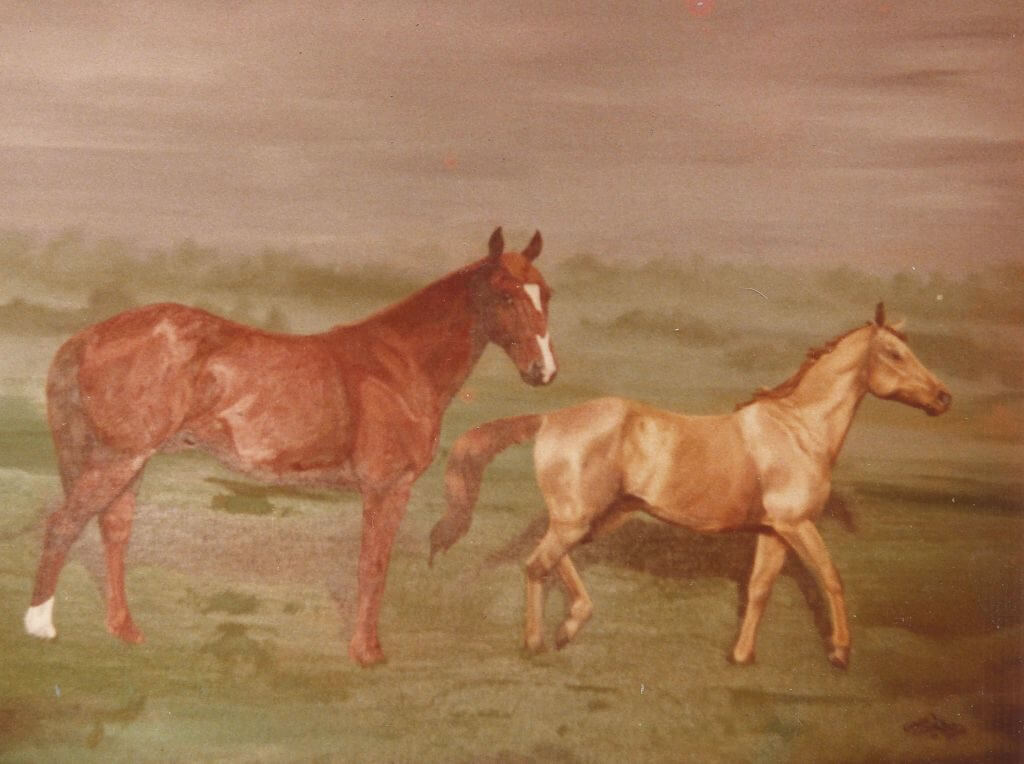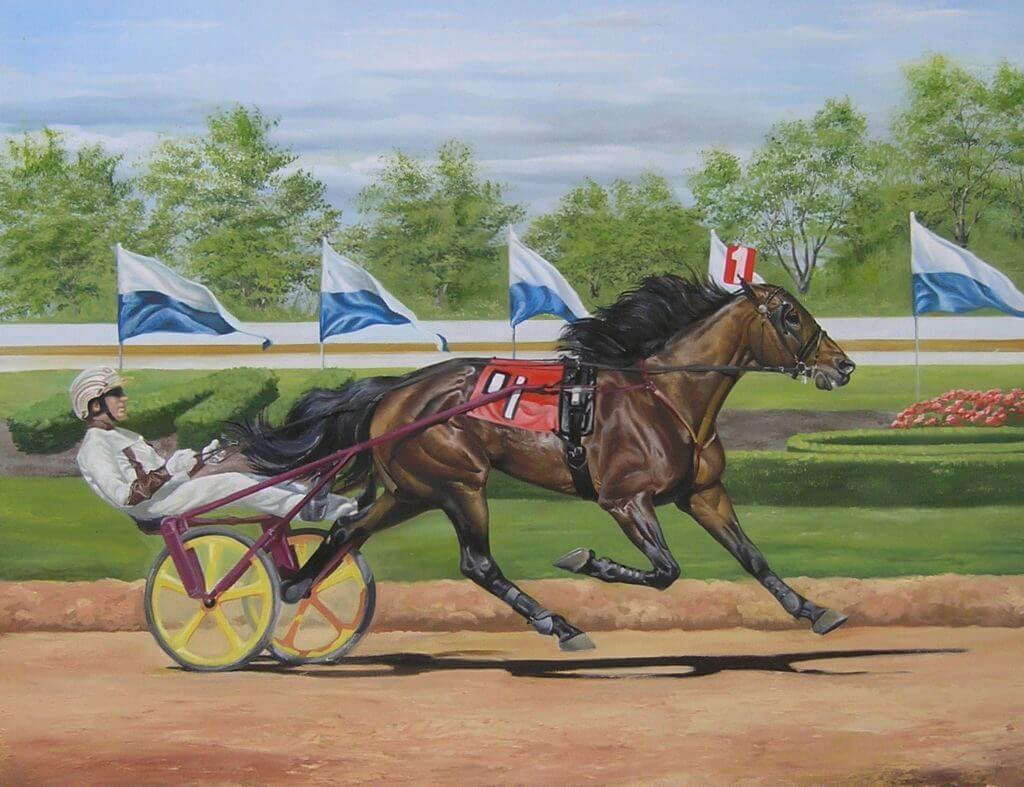I recently participated in a group discussion in an art group on MeWe. One of the administrators posted a discussion-starter question asking what members thought was the most important tool in the creative process.
Most of the respondents suggested things like the best paints or canvases, good training, and so on. . . all the usual things, in other words. But being the person I am and with my personal art experiences, my knee-jerk response was totally different.
What is absolutely the most important event, tool, or supply for creating visual art?
I believe all other things being equal, the mindset and vision of the artist is the most important tool in your artistic toolbox.
Ideally, you should have a vision for each piece you create, and you must have an overarching vision for your art as a whole. Without those two things, it doesn’t matter what tools or supplies you use or how well you use them.
If all I’m doing is reproducing a reference photo, it doesn’t really matter what tools, supplies, or techniques I use. I’m going to end up with an uninspired piece of art. Been there, done that. But when I incorporate personal vision for that particular piece and my overarching art vision into the work I do, even reproducing a reference photo results in a piece of art that goes beyond the reference photo.
When I have the opportunity to see one of my portrait subjects in person—to see how the animal looks, behaves, and moves in real life—and how its people relate to it and so on, the resulting portrait always has a bit more life in it than a portrait in which I never meet the subject in person.
The technique is the same in both cases. The tools and supplies are the same, though I may use different canvas or paper project to project.
Let me use myself as an example.
For years, my chief goal in painting portraits was to make money. I wanted to be a full-time artist and in order to do that, I needed to earn enough from painting portraits to be able to pay the bills, buy art supplies, go to shows, market and maybe have something left over.
There’s nothing wrong with that mindset. In fact, it’s a good mindset for anyone who wants to be a full-time artist. After all, all those things are worthy things and it takes money to accomplish them. So the prudent artist has an eye toward the bottom line.
But if earning a living is your chief goal, let’s be honest. There are easier ways to do it than by being an artist.
Where was I? Oh. Yes. Vision (or the lack thereof.)
For several years, that goal and the challenge of improving skills of observing horses, and then capturing those observations on canvas was enough to keep me moving forward from one portrait to the next.
When I acquired enough skills and experience to be able to produce good portrait work almost by default, I began looking for ways to make each portrait unique.
What personal traits could be worked into the portrait? Did a horse hold it’s head in a characteristic way? How could I incorporate the horse’s occupation (working cow horse, race horse, show horse, etc) to the portrait?
I didn’t think about artistic vision because it didn’t seem necessary. I enjoyed what I was doing and my clients were happy. Who needs vision?
I don’t know when it happened…but at some point I experienced a sea change.
Ironically, I think it was about the time I went full-time as an artist back in 2009. Making art got to be more of an obligation. The fun drained out of the creative process. Painting became a chore. Something I had to do. A job.
(Once again, let me point out that a full-time artist needs to treat their work the same way they’d treat a job. Creating only when the mood strikes is the definition of a hobbyist!)
After a few years of struggling with inspiration as I approached each new painting and dissatisfaction with every painting I finished, I began to wonder if my art career was behind. It seemed like I’d reached my peak and was on the long, slow glide to the end.
Sorry if that sounds morbid, but that was my line of thinking at the time. I even wrote about that long period of creative stillness here on EmptyEasel.
What happened to me?
I’ve come to the conclusion that the fuel that was keeping me going instead of vision had been all used up. Yes, paintings were getting more complex. Just compare the two paintings in this post and you can see how much progress I made.
But I was still painting just for the money. We all know what happens when you chase money. It runs away from you. And I was still painting without a clear vision for each work and for my art as a whole. It was inevitable I’d run into a creative brick wall. When that happened, it didn’t matter what kind of easel I have, which paints or pencils I use, or what I make art on. Nothing was happening.
How do you get vision back once you’ve lost it?
I’ll let you know that when I find out for myself! But I can suggest one thing: go back and look at your old work. I’ve been doing a lot of that lately and have found it encouraging and sometimes moving. Just seeing those old paintings and drawings—some of which I’d forgotten—is bringing something inside back to flickering life. Still feeble maybe, but hopefully growing.
So take time to think about your artistic vision. You don’t have to have a world-changing vision for every painting or drawing (but it’s a good idea to find something unique about it.) And you definitely need a vision for your work overall. . . something to keep you creating when all the other motivators fail or fade into insignificance.
This post may contain affiliate links.


